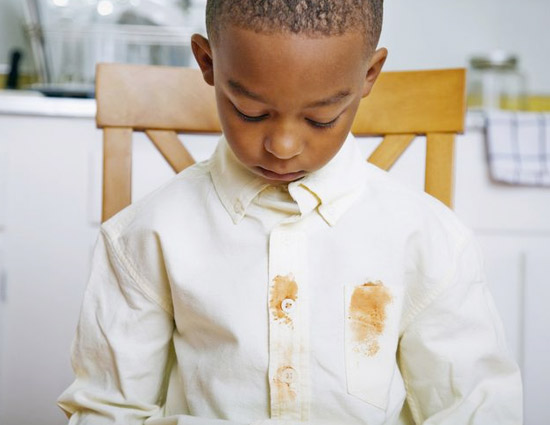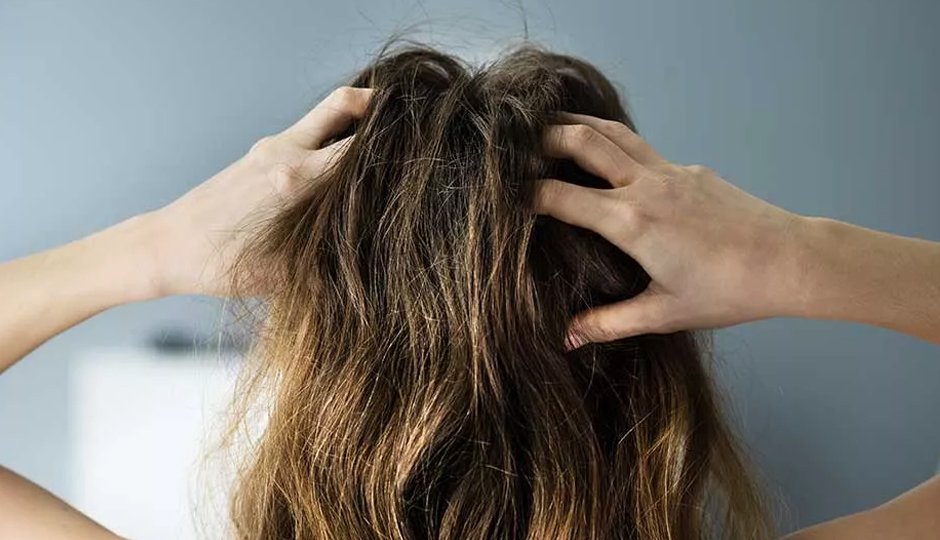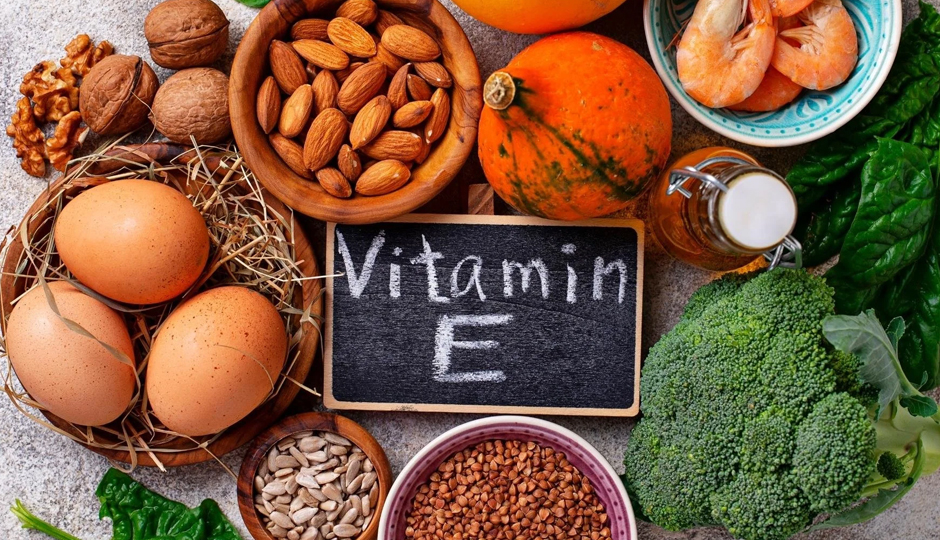Easiest Ways To Get Rid Of Different Types Of Stains On Clothes
By: Sandeep Gupta Thu, 11 Jan 2018 11:25:22

Stains are awful, and they make buying new clothes which we love and wear and inevitably get covered in something nasty almost seem pointless. Why bother having nice things if they always end up ruined? But that doesn't have to be the case. With a little know-how, even the worst stains can be taken care of and your clothing will look like new.
You've probably heard your fair share of stain-removal old wives' tales, and they may have let you down. That's why we're getting into the nitty-gritty details about the timing, substance and science of stain removal.
* Dye stains
Fresh dye stains are the easiest to remove but very hard to get out once they've set in. If possible, right when the stain happens, run it under cold water and then wash it in the hottest possible setting for the fabric. Dye stains are naturally occurring vegetable dyes found in many plants and acidic foods. If you can't get the stain out yourself, try the dry cleaner. These same cleaning methods should work for coffee, tea and ink stains — which are also dye stains.
* Combination stains
Combination stains are stains from things like sauces (barbecue sauce, ketchup, hot sauce), makeup (lipstick, foundation, eye shadow) and crayons. They are a combination of the other types of stains. First, rinse off any excess from the stain with cold water. Gently rub a detergent into the stain. Rinse out the detergent, apply a stain stick and launder.

* Ice cream and other dairy product stains
Dairy stains are protein stains because they are organic in nature (i.e., from an animal). Fresh stains should be soaked and agitated in cold water before washing. If the stain has dried, scrape or brush off any crusted matter. Soak for up to several hours in cold water with a detergent or an enzyme presoak (which breaks down protein-based stains like egg, grass and blood so your detergent can work more effectively). Launder in warm water. If the stain remains, soak an additional 30 minutes and rewash. If a colored stain remains, launder with a bleach safe for the fabric.
* Fruit and fruit juice stains
Fruit stains are a dye stain. Launder with detergent in the hottest water safe for the fabric. Do not use soap (bar, flake or detergents containing natural soap) since soap-based products could make the stain permanent. Soak tough stains for 30 minutes in 1 quart of warm water and 1 teaspoon of enzyme presoak product. Removal of old or set stains may require washing with bleach that is safe for that particular fabric. If all the sugars are not removed, a brown stain will appear when the cloth is heated in the dryer or is ironed as the sugar is caramelized. This effect is great for crème brûlée... not so wonderful for your favorite white blouse.
* Mud stains
Mud stains are a protein stain. Let mud stains dry. Brush to remove the soil. Soak in a solution of 1 quart of warm water, 1 teaspoon of liquid dish detergent and 1 tablespoon of white vinegar for 15 minutes. Rinse with water. Let stand for several minutes. If the stain persists, sponge it with rubbing alcohol, then rinse with clear water and wash. You may also soak the stain for 30 minutes in an enzyme presoak, and you can add chlorine bleach to the load of laundry if the label says it's safe for the fabric.
* Coffee stains
A coffee stain is a dye stain, but the cream or milk in the coffee is a protein. Therefore, you will want to treat the stain as both if you like a little cream in your morning cup of joe. If the stain is fresh, immediately rinse with cold water. If you are at home (or once at home), remove the clothing and add laundry detergent directly to the stain and rub the cloth together with cold water. Soak in the water for 30 minutes, rubbing the cloth together every five to 10 minutes. Next, wash clothing on the hottest setting. Ensure the stain is out of the clothing prior to placing in the dryer. If the stain has not been removed, try repeating the steps. For older stains, apply white vinegar directly to the stain and mix with cold water. Rub stain with a sponge until removed. You may also use baking soda as an alternative solution, applying with a wet cloth to scrub away the stain.





